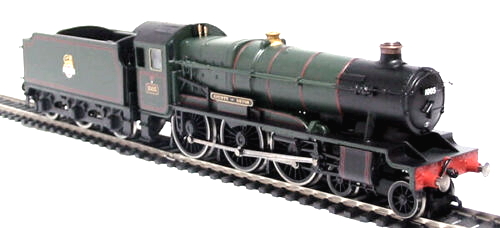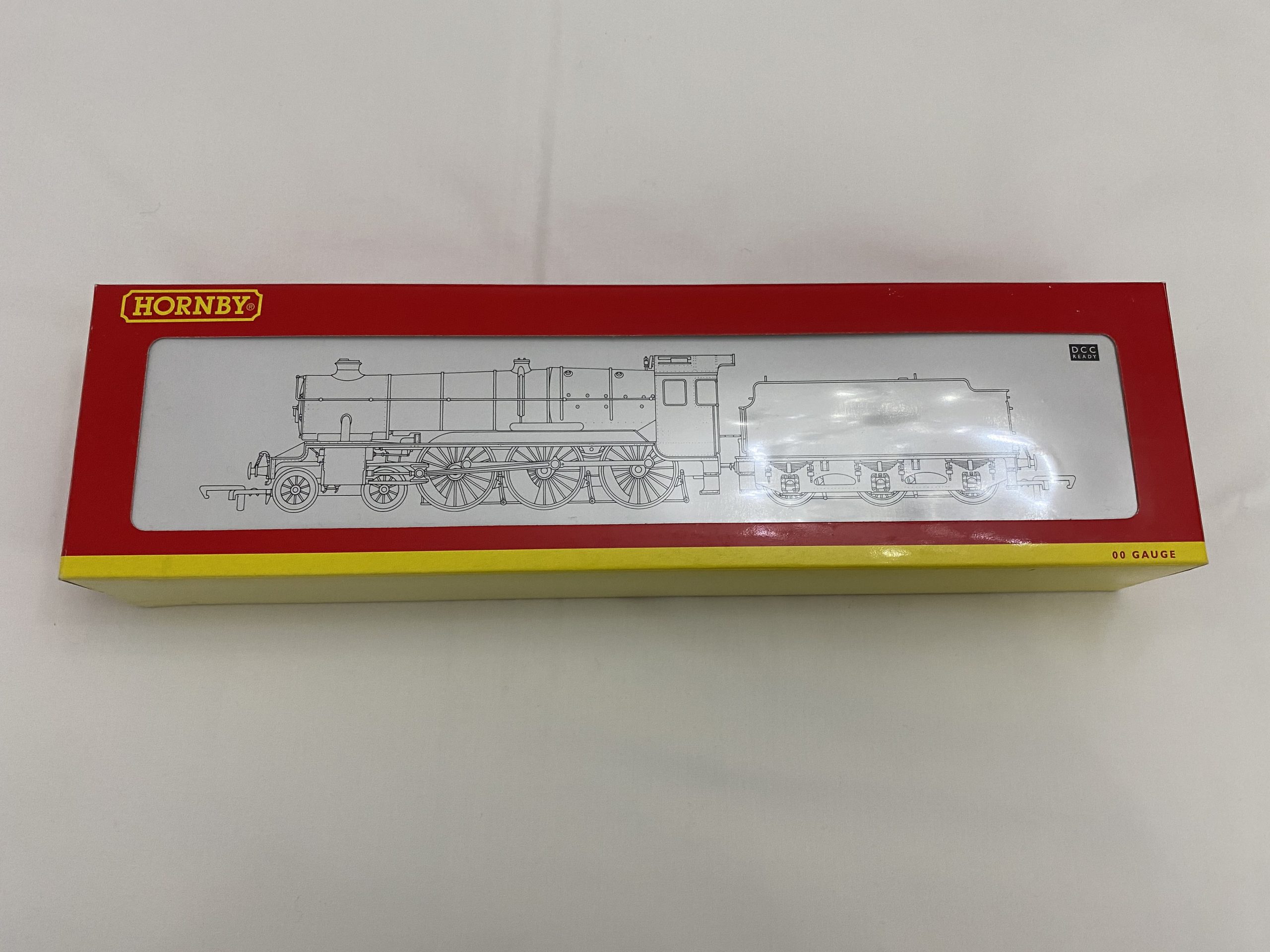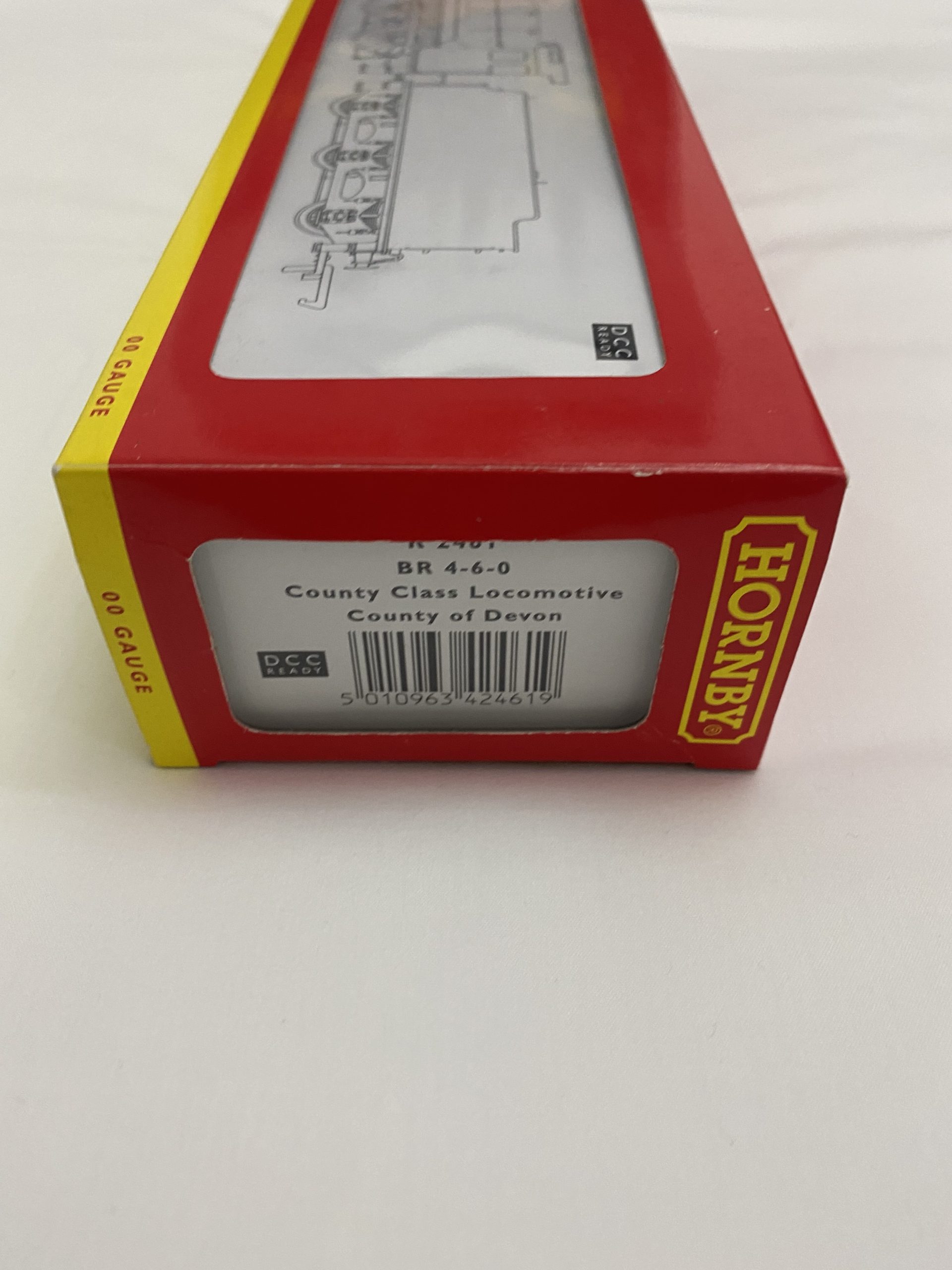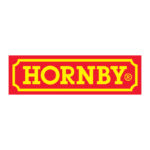You are here:
Hornby R2461 County of Devon County Class
Hornby R2461 County of Devon 1005 County Class in BR Green DCC Ready
Out of stock
Description
Hornby R2461 County of Devon 1005 in BR Green
Model Details
OO Gauge 1:76 Scale County Class 4-6-0 1005 “County of Devon” in BR Green DCC Ready. 8-pin socket.
Including Accessory Bag
Length: 253 mm Period: Early 1950s Finish: Pristine Special Features: Loco drive Curved track: Hornby 1st radius + (371mm +) Designer: F.W. Hawksworth Entered Service: 1945 Number Built: 30 Purpose: Mixed traffic
History
The Great Western Railway 1000 Class or County Class was a class of 4-6-0 steam locomotive. Thirty examples were built between 1945 and 1947, but all were withdrawn and scrapped in the early 1960s. No examples were preserved but a replica locomotive is under construction.
Background
These locomotives were the final and most powerful development of the two-cylinder Saint Class introduced in 1901 and included several features that had already been used on the successful Modified Hall class.
The Chief Mechanical Engineer of the GWR Frederick W. Hawksworth had hoped to design a new 4-6-2 (Pacific) express locomotive for post-war traffic when he took up office in 1941 but had been prevented by the war from doing so. This scheme was not entirely dead in 1945 when he was given the authority to build another batch of mixed traffic 4-6-0s. Rather than build more examples of existing designs, Hawksworth introduced the County Class as a testbed for a number of the ideas he hoped to incorporate into the Pacific at a later date. Hawksworth was not subsequently allowed to build his Pacific, as there was no need for further express passenger locomotives.
Design
In addition to the innovations already adopted for the Modified Hall class, the new class contained several further changes from usual Great Western practice including the use of double chimneys on certain members and a high boiler pressure of 280psi (although this was later lowered in an attempt to reduce maintenance costs). The boiler was a development that used the tooling for the LMS Stanier Class 8F boiler, Hawksworth being able to study this design closely when 8Fs were being built at Swindon as part of the war effort. The class initially had a tractive effort of 32,580 lbf (144.92 kN), which was =1,000 lbf (4.45 kN) greater than a Castle Class locomotive, although the tractive effort was reduced to 29,090 lbf (129.40 kN) when the boiler pressure was lowered. The class had continuous splashers over the driving wheels and, when named, straight nameplates, making them immediately recognisable from other 4-6-0 classes. They were also fitted with Hawksworth’s 4,000 imp gal (18,000 l; 4,800 US gal) slab-sided tenders, but the County tenders had a water tank six inches wider than the tenders built for the Modified Halls and retro-fitted to many earlier designs.
Some of the early design studies for what became the County included outside Walschaerts valve gear which would have been a major break from traditional GWR designs. In the event, the standard inside Stephenson link motion of the Churchward and Collett two-cylinder classes was used. The GWR 1500 Class, also designed by Hawksworth, used outside Walschaerts as did the steam railcar units designed under Churchward and the narrow-gauge Vale of Rheidol 2-6-2T.
Production
The first batch of twenty were built at Swindon Works and delivered between August 1945 and March 1946 (Lot No. 354). They were originally unnamed and were planned to be numbered in the 9900 series, but this was changed to 1000-1019 before introduction. The second batch of ten further locomotives (1020-1029) were built between April 1946 and April 1947 (Swindon Lot 358). The second batch was given names English and Welsh Counties previously used on the GWR 3800 Class of 4-4-0 tender locomotives that were part of George Jackson Churchward’s locomotive standardisation programme in the early days of the 20th century.
Operation
The Counties had a mixed reception: some traditionalists regarded them as ‘non-standard, expensive and unnecessary, others considered them a successful, free steaming design, well suited to express or freight work.
Additional information
| Weight | 1200 g |
|---|---|
| Brand | Hornby |
| Condition | New |
| Scale | OO/HO Gauge |
Related Products
Related products
-
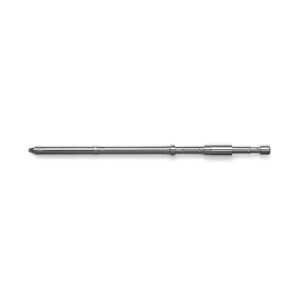
Tamiya 12694 1/35 SCALE GERMAN LEOPARD 2 A7V METAL GUN BARREL
£19.79Saving (£2.20)1 in stock
-

ITALERI 2791 F-A 18E SUPERHORNET
£33.99Saving (£6.00)Out of stock
-

Italeri 5624 Vosper 74 With Crew
£93.49Saving (£16.50)Out of stock
-

ARRMA ARA4305V3BT2 VORTEKS 4×4 3S BLX 1/10 Stadium RTR – Purple
£369.00Saving (£100.99)Out of stock
-
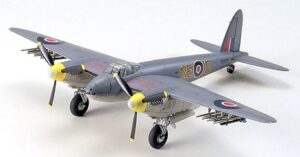
Tamiya 60747 De Havilland Mosquito FB Mk.VI
£17.09Saving (£1.90)Out of stock

